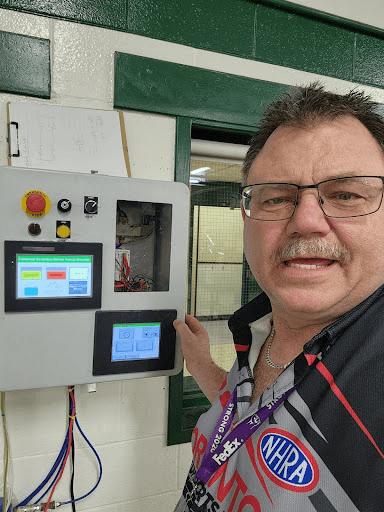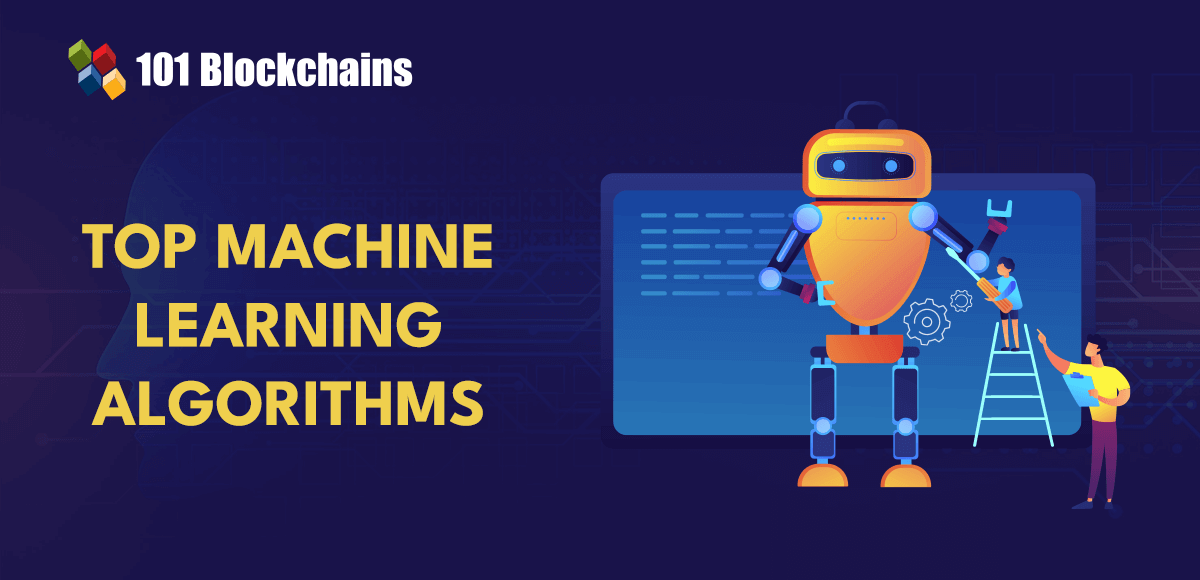Imagine a not-so-distant future where quantum computing reshapes our approach to solving some of businesses’ and society’s most pressing issues. This isn’t fantasy. Just as nuclear energy, 3D printing, and gene therapy transitioned from science fiction to scientific reality, quantum computing is on the brink of becoming the next transformative technology.
Quantum computers were envisioned to simulate quantum systems, which are, essentially, systems governed by quantum mechanics. Sometimes referred to as subatomic systems, quantum systems are incredibly complex and nearly impossible for even the most powerful classical supercomputers to model.
At its most basic level, quantum computing is designed to use the principles of quantum mechanics to achieve computational power that rivals today’s most powerful supercomputers. This is accomplished by manipulating fundamental units of information called qubits, which expand computing beyond the traditional binary bit. Qubits can exist in a state of flux beyond 0 and 1, which brings two quantum behaviors to computing:
- Superposition — A qubit can represent multiple states at once — to be a 1, 0, or both — allowing for more complex problem-solving. Extrapolating this out to hundreds of qubits means that quantum computers can explore every solution space in parallel instead of sequentially as a classical computer would.
- Entanglement — Qubits can become correlated with each other, so the state of one is dependent on the state of the other; therefore, they cannot be described independently. This entanglement greatly increases computational power.
“Quantum entanglement essentially creates correlations amongst the qubits,” explains Bill Wisotsky, Lead Quantum Architect and a quantum computing researcher at SAS. “Wherever the entangled qubits are — side-by-side or on opposite ends of the galaxy — their values are correlated. You know the value of one by knowing the other.”
Quantum computing could redefine data analysis and model training in AI. Quantum computers could handle the complex calculations of AI algorithms much faster than classical computers and with less data, resulting in AI that can learn and adapt in ways we can’t currently imagine.
How soon before we see these disruptive innovations? “We’re in the noisy intermediate-scale quantum era, called NISQ,” explains Wisotsky, “Which means most quantum computers alone still can’t scale to solve real-world problems because of noise and decoherence of quantum states.”
What has been most promising is using quantum-classical hybrid approaches, which aim at splitting the processes and sending the pieces to quantum that quantum does best and the pieces to classical computing that classical does best.
“What has been most promising is using quantum-classical hybrid approaches, which aim at splitting the processes and sending the pieces to quantum that quantum does best and the pieces to classical computing that classical does best,” says Wisotsky. “This could change in the future, but it’s the approach that SAS is currently exploring.”
In the meantime, private and public entities are pumping billions into quantum research. While large manufacturers such as Google, IBM, and Microsoft improve their computing hardware, researchers at SAS are pursuing the ideal architectural fit and perfecting quantum AI algorithms.
“Quantum computing is a very important research area for us,” says Bryan Harris, Chief Technology Officer at SAS. “While there is still considerable progress needed in the scale of quantum computing, SAS R&D teams have explored hybrid architectures combining quantum computing and classical computing that are showing some very promising results in real-world applications, and customers are taking notice.”
The two-stage hybrid quantum computing approach starts by submitting a quadratic unconstrained binary optimization (QUBO) problem to the quantum solver. The quantum solver returns multiple good quality feasible (F) and infeasible (IF) solutions (S). The feasible (F) solutions are forwarded into the second stage where SAS® Viya® Optimization runs a classical solver on each simultaneously, resulting in a single best solution. Wisotsky will present this work in more detail at SAS Innovate in Vegas.
There are two main types of quantum computing: Quantum annealing, which is very good for solving optimization problems. The gate model, which is also called universal quantum computing.
“We have so far done a lot of work with annealers for optimization, but we are also researching the problems the gate model can solve for quantum AI, quantum machine learning, quantum chemistry, and quantum simulation,” says Wisotsky.
Quantum annealing exploits the laws of quantum mechanics to find the global minimum or maximum within a large set of possible options. The process explores multiple possibilities simultaneously, allowing for more efficient solutions to complex challenges. Quantum annealers are the least flexible quantum solution for business applications but are easier to build in terms of stability of qubits and reducing errors.
Companies have already made strides using quantum annealing. Pairing quantum computing with AI and machine learning has been used to optimize supply chains and bussing or delivery routes. SAS has embraced the gate model for its versatility, akin to classical computing, yet exponentially more powerful. It has potential applications in molecular modeling, chemical simulations, and financial modeling — areas where classical systems are reaching their limits.
As the world becomes more digitally connected, the complexity of modeling risk is overwhelming classical methods,” explains Harris. “Quantum algorithms can improve modeling of financial markets, portfolio optimization, and identifying the systemic risk associated with hyperconnectivity.”
The fusion of quantum computing and AI hints at a world where we can solve previously unsolvable problems like large-scale desalination, clean energy, and fraud prevention with quantum encryption.
In the business realm, SAS researchers have been investigating four opportunities for quantum computing right now: Drug discovery, financial modeling, chemical simulations, and optimization.
Experts anticipate future processing power to be enhanced by a hybrid computational approach, where quantum processing units (QPUs) address tasks beyond the reach of classical CPUs and GPUs.
“Even though a GPU has better performance and is faster in some respects than a CPU, it’s more efficient to send highly parallelized computations to the GPU,” explains Wisotsky. “I think QPU processing will be handled the same – we’ll only send computations to the QPU that are not suited for the CPU or GPU.”
When the architectures are paired creatively, historic innovations are bound to happen more quickly than if we wait for quantum computing power and quantum technologies to be perfected. For instance, scientists believe the binary/quantum combination could end their 50-year quest to solve the protein folding problem with profound implications for diseases such as cancer, Alzheimer’s, and Parkinson’s.
As Gartner Vice President Analyst Chirag Dekate suggests, we’re moving toward an era where quantum computing and AI could be as ubiquitous and influential as smartphones, revolutionizing how we solve problems and innovate. Wisotsky and Harris will be discussing quantum…






















